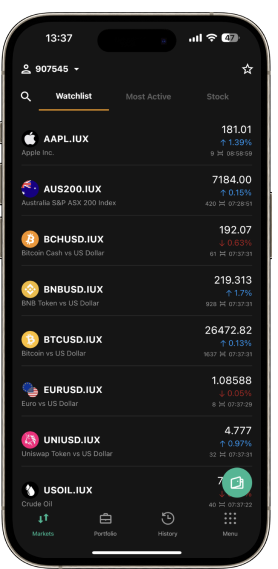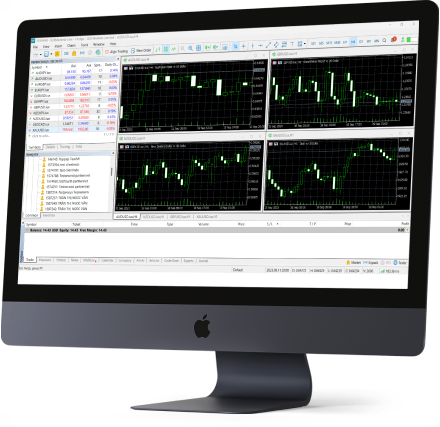Spreads from 0.0 Pips
A better world-class spread offerings
Trade with spreads starting from 0.0 pips
A diverse proprietary liquidity mix ensures tight spreads 24/7
Institutional-Grade Trading
Reduced slippage for seamless transactions
Institutional-grade trading with real, deep liquidity
Over 1.5 billion USD in CFD trades processed daily
Fast Order Execution
Average execution speeds are under 30 ms
Low-latency fiber optic and Equinix LD4 server
Ready to Get Started?
Accessible Analytics
View the market chart to stay up-to-date with the markets.
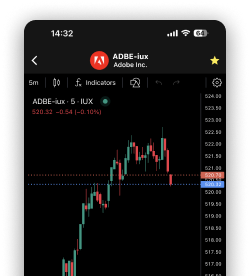
Popular Assets
View global markets by instrument for quick margin, spread, and swap calculations.
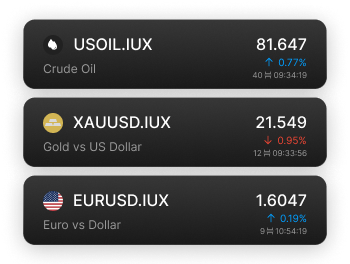
Economic Calendar
View the latest market news and upcoming economic events.
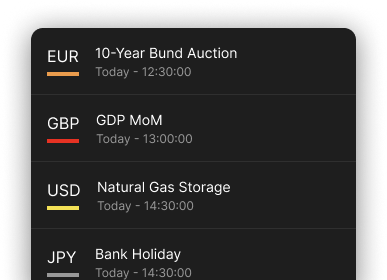
Global Markets at Your Fingertips

Currencies (CFD)
40+ products

Stocks (CFD)
70+ products

Indices (CFD)
10+ products

Crypto (CFD)
15+ products

Commodities (CFD)
10+ products

Thematic Indices (CFD)
6 products
Our Awards
Our dedication to innovation and client service has consistently earned us prestigious awards from leading financial publications. Join us and experience the best in the industry.
